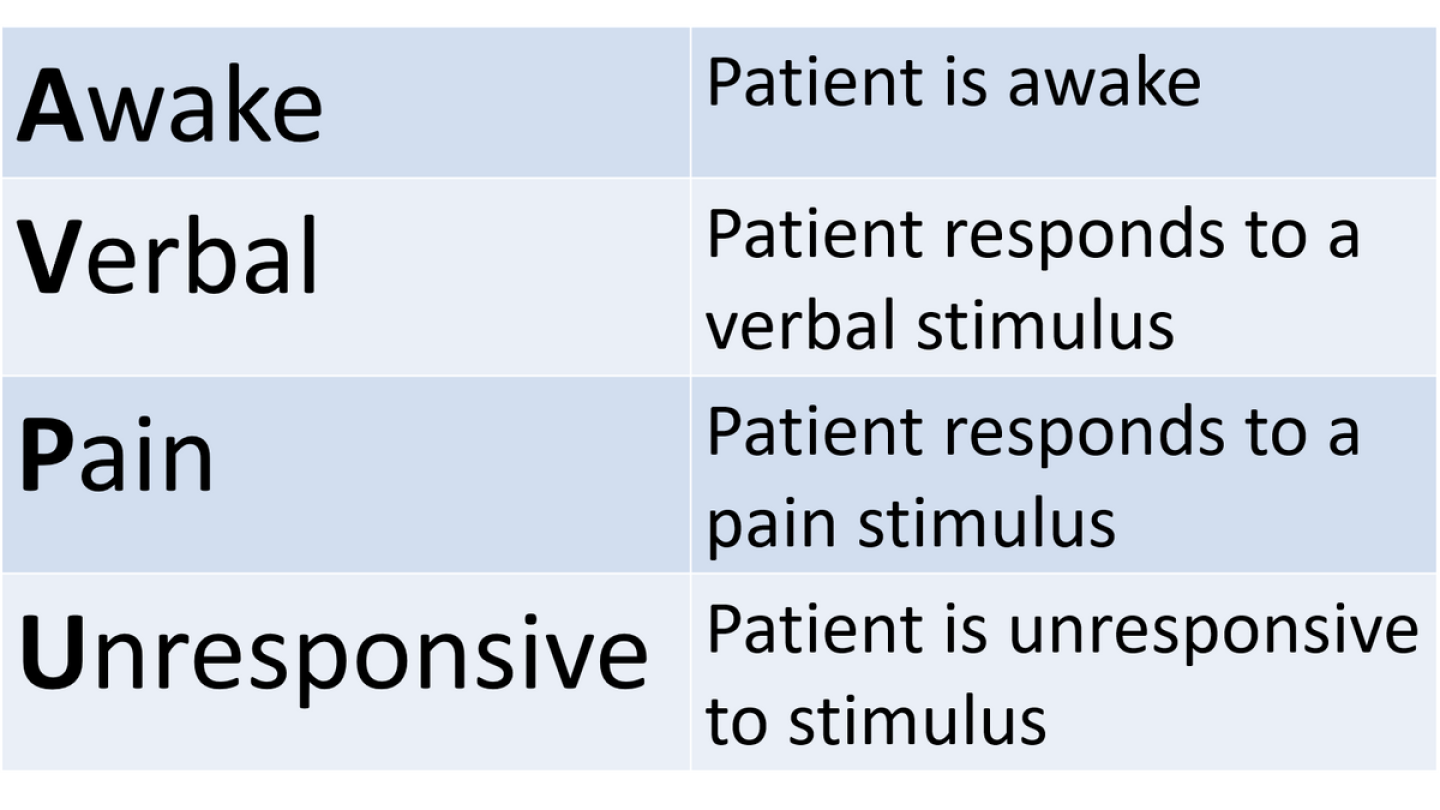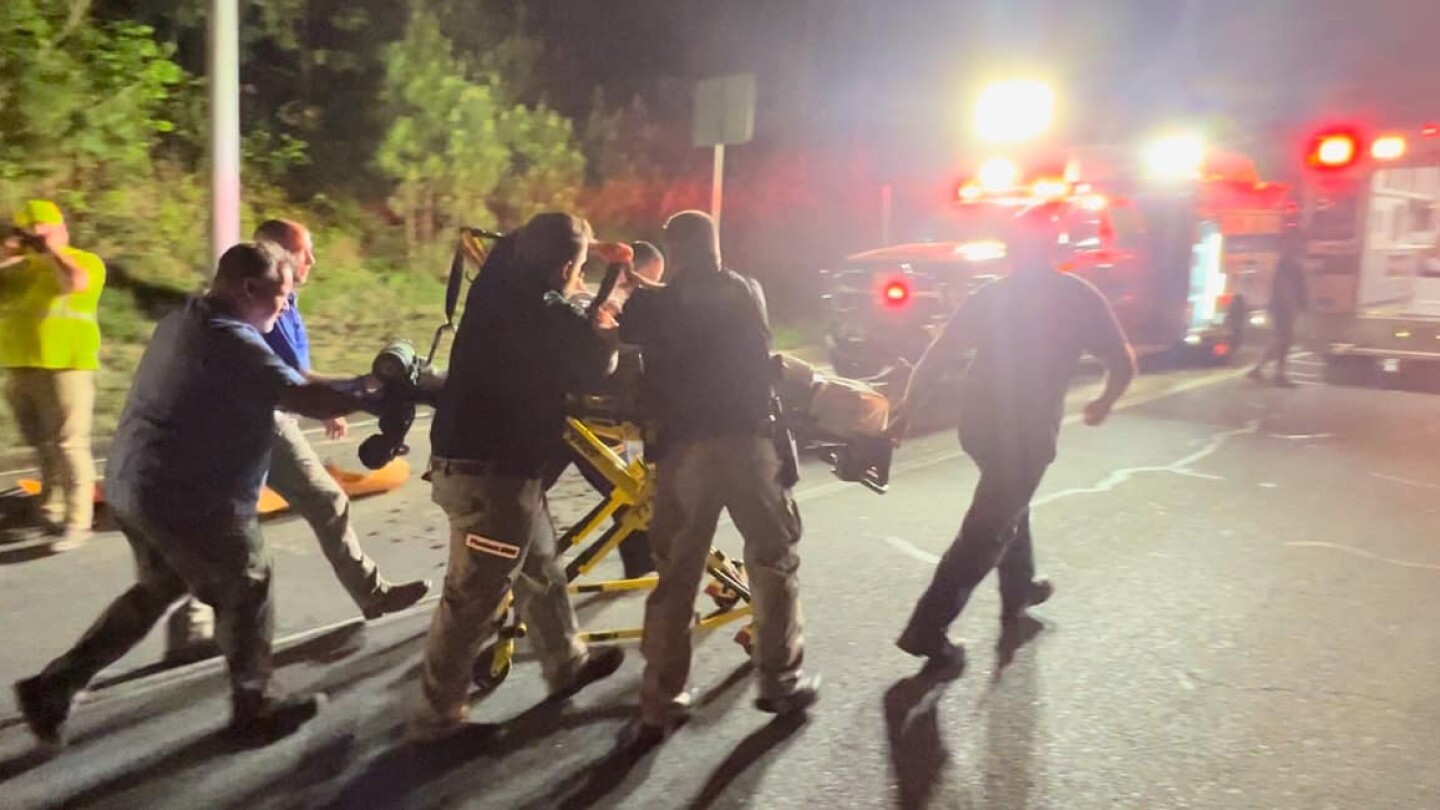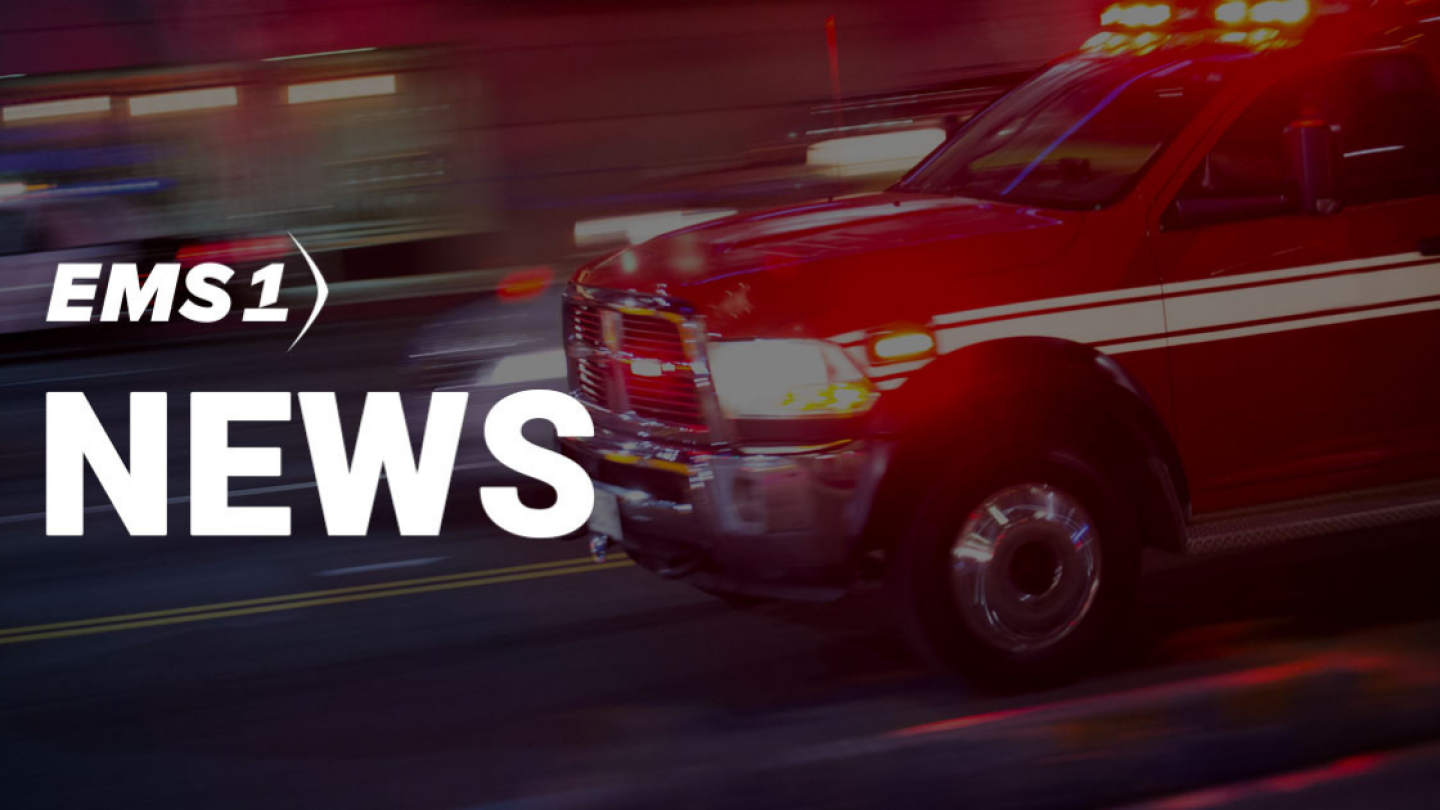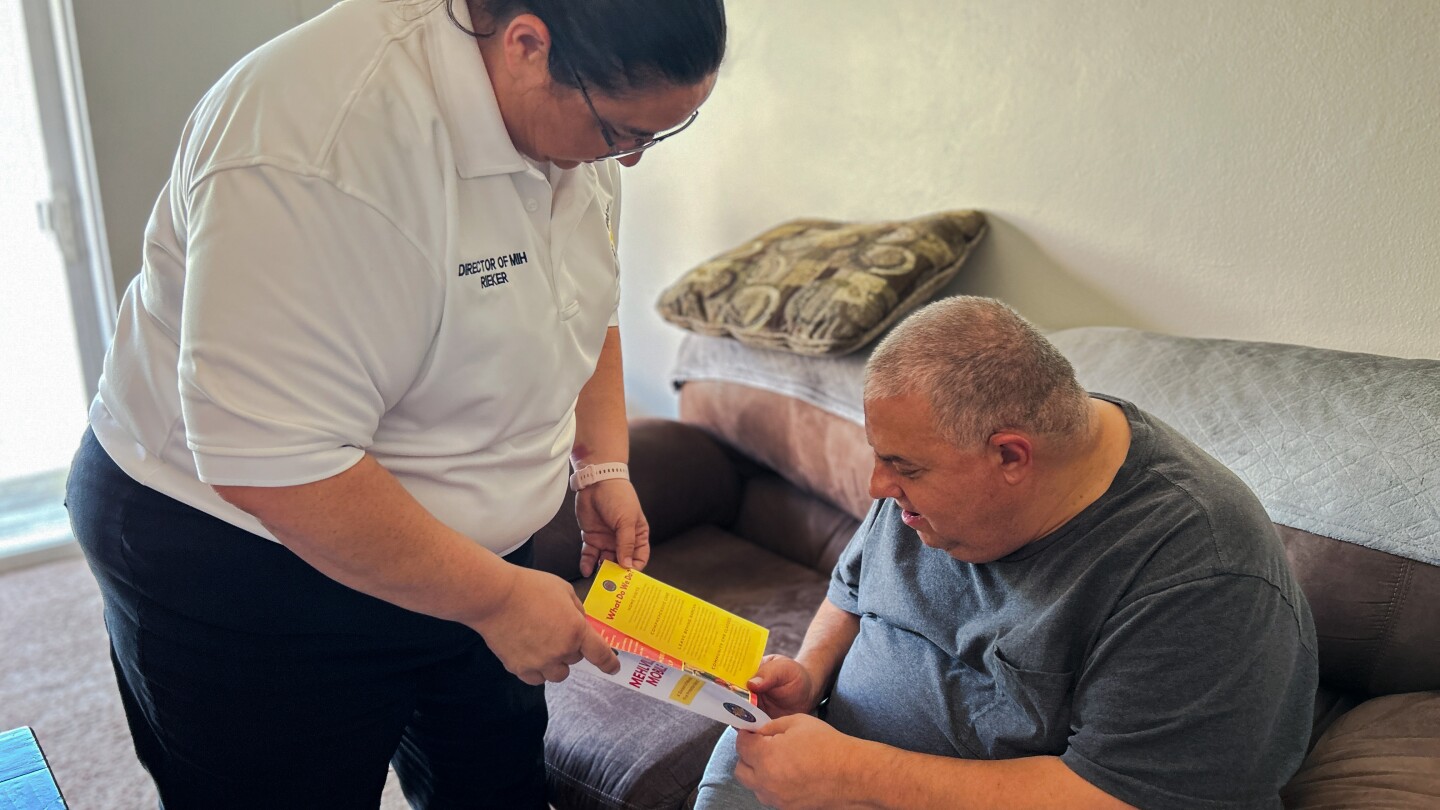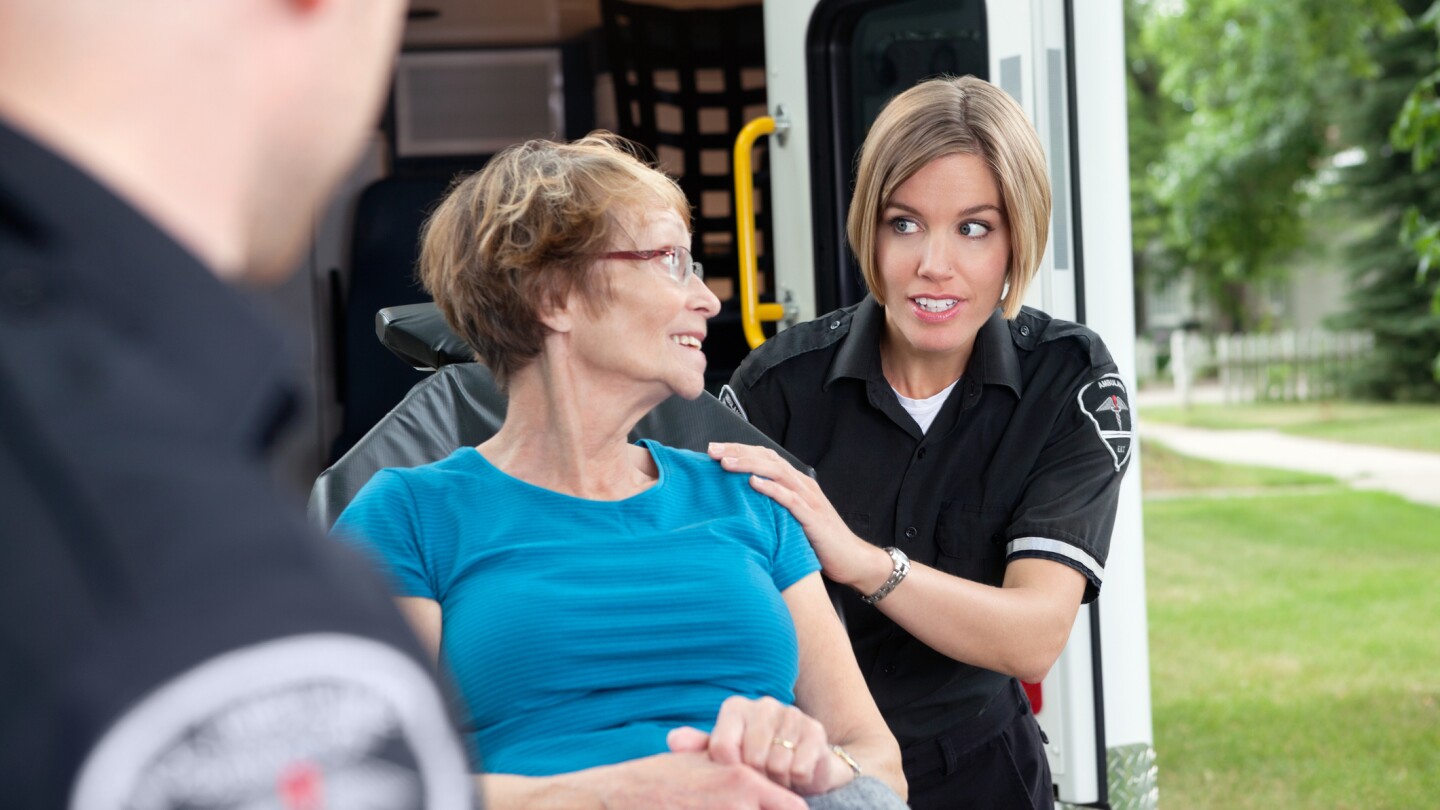Patient Assessment
Patient assessment is the process an EMT or paramedic follows to evaluate an injured or ill patient. The process includes a scene size-up, which is the identification and mitigation of risks, a primary assessment to find and fix life threats and a secondary assessment to perform a focused history and physical exam of the patient. Each step is an opportunity to collect information that will guide treatment and inform a transport decision. In the EMS1 Patient Assessment topic find the latest news about patient assessment and top resources to improve your patient assessment skills.
Monitoring AVPU and other vital signs will help determine if the patient is improving, worsening or responding to treatment
Use SAMPLE history to assess the patient’s complaint and make treatment decisions
OPQRST is an important part of patient assessment and the start of a conversation with the patient about their pain complaint
Catoosa County officials believe the man might have been trapped for more than a day
Fire, EMS crews in Whitman faced an unusual rescue
Escambia County firefighters extricated the driver and two occupants of the house
Two Newport News firefighters were terminated after an investigation found they ignored protocols
Members of the University of South Carolina’s Sigma Phi Epsilon were traveling to New Orleans when the bus hit a concrete barrier
Help students get the most out of patient assessment scenarios and high-fidelity simulations with these debriefing tips
Realistic scenarios that reflect the patients EMTs and paramedics regularly encounter are critical to preparing students for the challenges of the EMS profession
Consider adding these often-encountered patients to your EMT or paramedic class’s patient assessment drills or high-fidelity patient simulations
UMass Lowell EMS and PrideStar Trinity EMS held a large exercise at Tsongas Center
Memorization of acronyms does not necessarily translate to understanding; here’s a breakdown of what DCAP-BTLS means
Chest pain, rapid heartbeat, shortness of breath: While panic attacks and anxiety attacks share common symptoms, they also have distinct differences
The DeLand Police Department said the two slammed into each other resulting in “a hard landing”
The 25 new recommendations from the National Athletic Trainers’ Association are designed to take a more holistic approach to concussion management and how it affects patient care and outcomes
Wind blew the hot-air balloon into power lines near a Rochester highway
10 medical stations were in place along the 26.2-mile course
Reframe your thinking to get patients with atypical neurologic emergency symptoms immediate care
First responders in Aurora treated patients ranged in age from 1 month to 31 years old
How Mehlville Fire Protection District used ET3 and community paramedicine to improve overall health and quality of life for the community
San Diego Fire-Rescue personnel transported 10 people suffering moderate injuries
Decriminalization has led to a rise in psilocybin-related calls for young adults and adolescents
A shopper described the scene as chaotic when an SUV crashed into the Canton Township store’s main entrance
Does your agency provide ongoing training for responding to patients with special needs? If not, do you wish they did?
Unique considerations for responding to emergencies involving individuals with special needs
Why sticking around may be the single best thing you can do to get better at your job
New Castle County paramedics participated in training that expanded their use of point-of-care ultrasound devices
New report reveals insights into prehospital heat-related incidents attended by EMS


